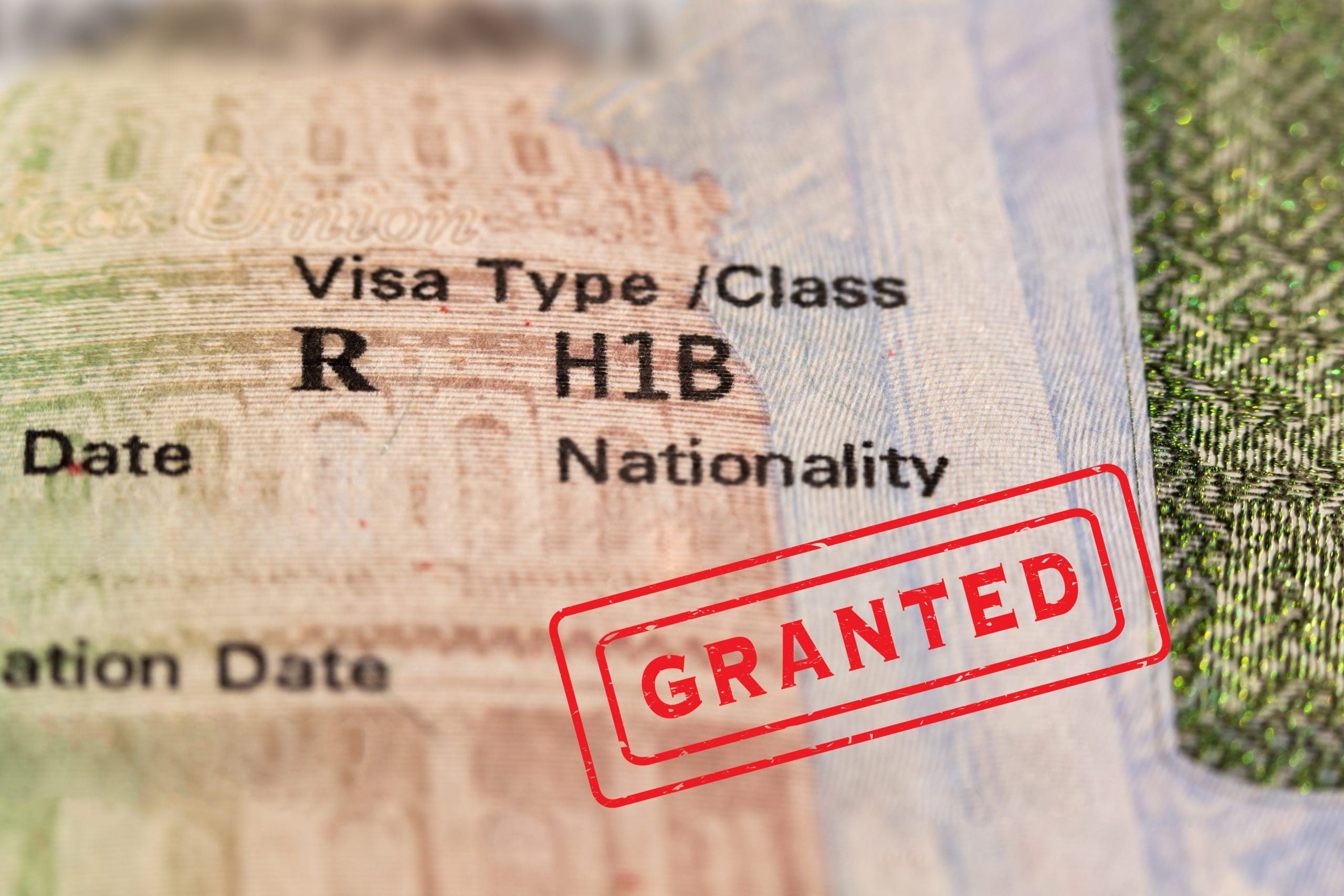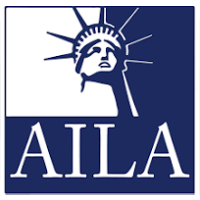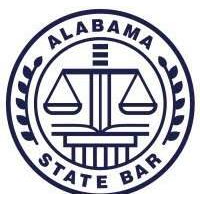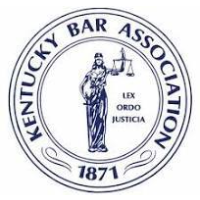
Helping Businesses and Skilled Workers Navigate U.S. Immigration
The H-1B visa program allows U.S. employers to hire foreign professionals in specialized fields, such as IT, engineering, finance, and healthcare. This visa is an essential tool for businesses seeking skilled talent and for individuals looking to build a career in the United States. Gagliano Law, PLLC, provides guidance on H-1B petitions, compliance with federal regulations, and immigration pathways for businesses and employees.
What Is the H-1B Visa?
The H-1B visa is a non-immigrant visa for foreign workers in specialty occupations. To qualify, applicants must have a job offer from a U.S. employer and hold at least a bachelor’s degree or equivalent work experience in their field. The employer must also prove that the role requires specialized knowledge.
This visa is subject to an annual cap, meaning only a limited number of applicants receive approvals each year. However, exemptions exist for certain employers, such as universities and research institutions.
The H-1B Application Process
Applying for an H-1B visa involves several steps:
1. Labor Condition Application (LCA)
Before filing an H-1B petition, the employer must submit an LCA to the U.S. Department of Labor. This document ensures that hiring a foreign worker will not negatively affect U.S. employees. The employer must agree to pay the prevailing wage and maintain fair working conditions.
2. Filing Form I-129
Once the LCA is certified, the employer submits Form I-129 (Petition for a Nonimmigrant Worker) to U.S. Citizenship and Immigration Services (USCIS). This petition includes details about the job position, salary, and the employee’s qualifications.
3. H-1B Lottery (If Applicable)
Because demand for H-1B visas exceeds the annual cap, USCIS conducts a lottery to randomly select petitions for processing. If selected, the petition moves forward; if not, the applicant must explore alternative visa options.
4. USCIS Review and Decision
If selected in the lottery, USCIS will review the petition and either approve, deny, or request additional evidence. If approved, the employee can proceed with visa stamping and travel to the U.S.
H-1B Visa Duration and Extensions
An initial H-1B visa is granted for up to three years, with the option to extend for an additional three years, totaling six years. Certain individuals may qualify for extensions beyond six years if they are in the process of applying for a green card.
Rights and Responsibilities of H-1B Workers
H-1B workers have legal protections under U.S. labor and immigration laws. Key rights include:
- Receiving the wage specified in the H-1B petition
- Working only for the sponsoring employer unless a transfer is approved
- Protection from retaliation for reporting labor law violations
- The ability to change employers through the H-1B portability rule
Employers must comply with federal regulations, including maintaining proper documentation and informing USCIS of any job changes.
Processing Time and Premium Processing
The standard processing time for H-1B petitions varies, but it can take several months due to government backlogs. USCIS offers premium processing, which expedites the petition review to 15 days for an additional fee.
Transitioning from H-1B to a Green Card
Many H-1B holders pursue permanent residency (a green card) through employment-based sponsorship. The process typically involves the PERM labor certification, an I-140 petition, and eventually an adjustment of status or consular processing.












